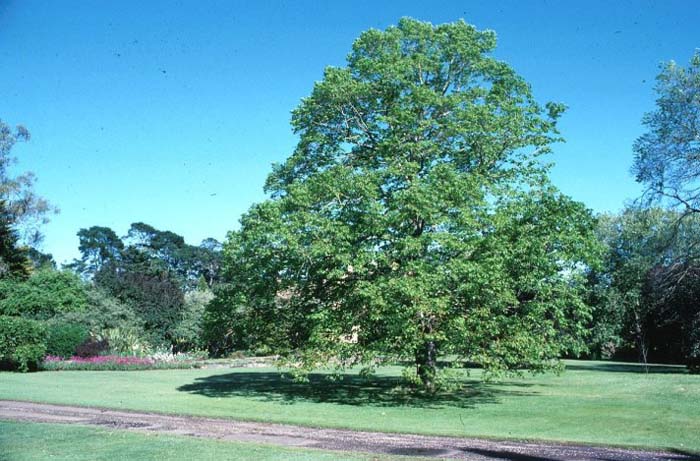| Botanical Name: Tilia cordata | Add |
| Common Name: Littleleaf Linden |

-
Anatomy
-
Culture
-
Design
Plant Type
Tree
Height Range
40-60'
Flower Color
White
Flower Season
Spring
Leaf Color
Dark Green
Bark Color
n/a
Fruit Color
Brown
Fruit Season
Fall
Sun
Full, Half
Water
Very Low, Low, Medium
Growth Rate
Moderate
Soil Type
Sandy, Clay, Loam, Rocky, Unparticular
Soil Condition
Average, Rich, Poor, Well-drained, Moist, Dry
Soil pH
Acid, Neutral, Basic
Adverse Factors
Attracts Bees
Design Styles
Formal, Mediterranean, Ranch, Woodland
Accenting Features
Fall Color, Fragrance, Specimen
Seasonal Interest
n/a
Location Uses
Background, Lawn, Patio, Park, Parking Lot, Raised Planter, Roadside, Street Tree
Special Uses
Hedge, Screen, Wind Break, Shade Tree
Attracts Wildlife
n/a
Information by: J.J. Neilson Arboretum
Photographer:
Photographer:
-
Description
-
Notes
A large deciduous tree that can reach 30-50', Littleleaf Linden creates a dense pyramid that can be used as a screen. It blooms with white fragrant flowers. It does well in urban settings. Its cultivars are budded onto the understocks of the seedlings. Should the native soil be of a clay-like nature, then plant the tree high so as to allow for drainage. They combine well with bulbs, azaleas, Japanese holly, and Burkwood viburnum.
The Linden is one of the best street trees. And while it is an excellent lawn or street shade tree, it can be pruned into a hedge. The species prefers deep, fertile soils, and they will transplant easily.